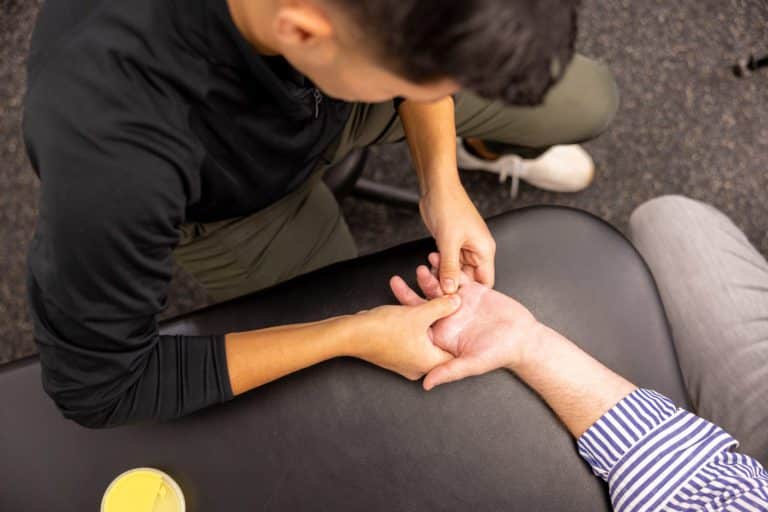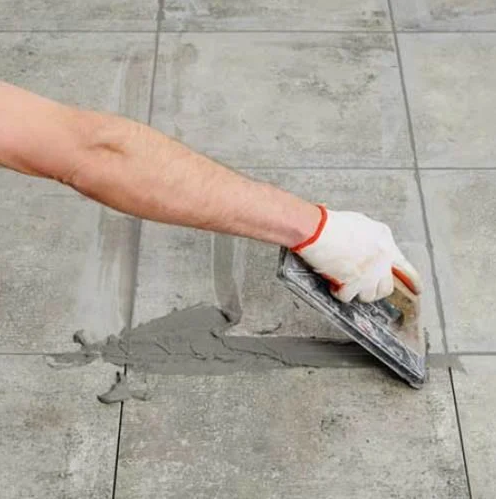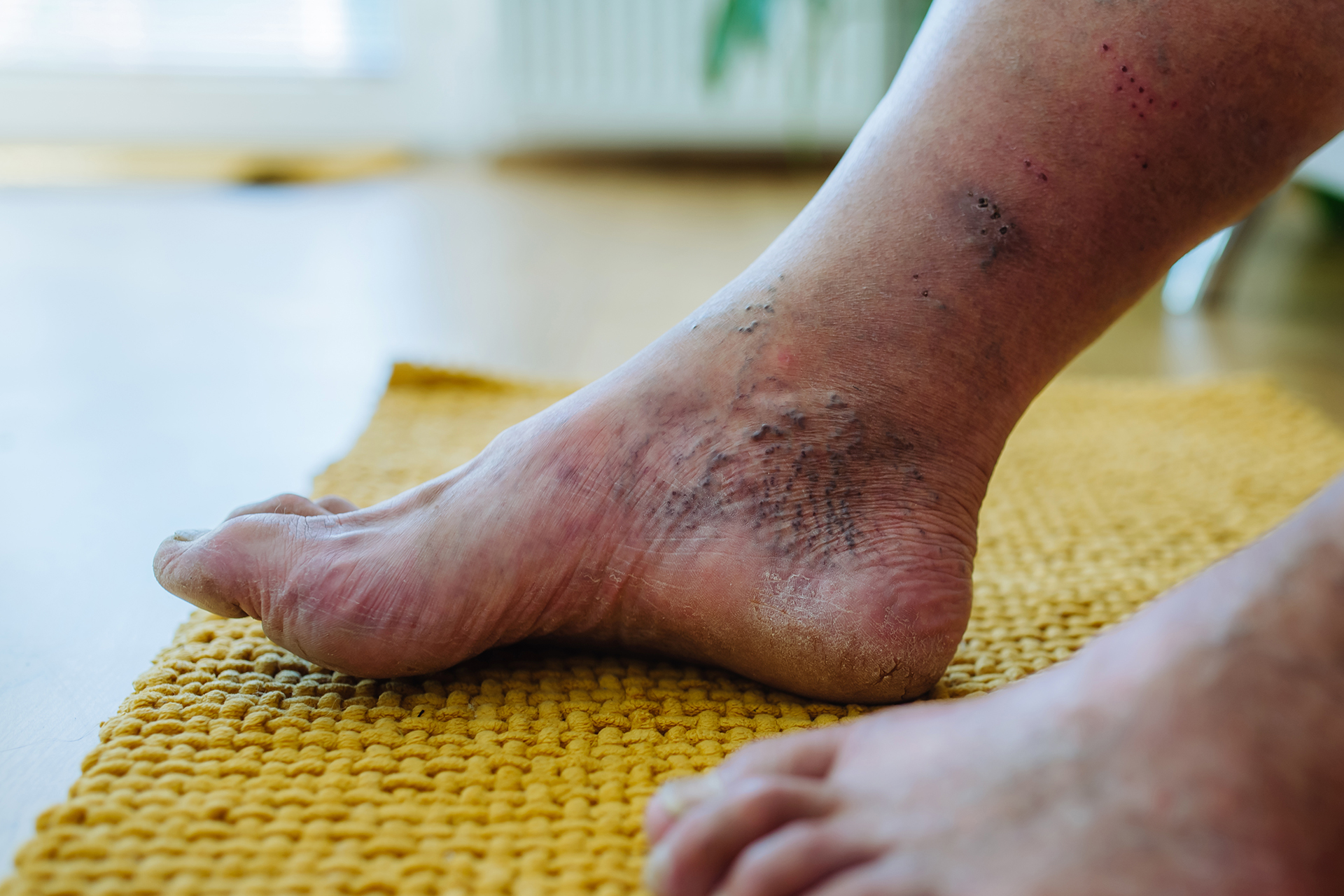Finger masses can be more than just a nuisance; they can interfere with daily activities and cause discomfort. Whether it’s a ganglion cyst, a tumor, or a nodule, these masses can impact your ability to use your hands effectively. In this guide, we’ll explore everything you need to know about finger mass treatment, from understanding the condition to exploring treatment options and recovery strategies.
Understanding Finger Masses
Finger masses, also known as hand masses, are lumps or bumps that develop in the fingers or hand. They can vary in size and may be located on the surface or deep within the tissues. These masses can be caused by a variety of factors, including injury, inflammation, or underlying medical conditions. Common types of finger masses include ganglion cysts, tumors, and nodules. Symptoms may include swelling, pain, stiffness, and difficulty moving the affected finger or hand.
Diagnosis
If you notice a lump or bump on your finger or hand, it’s important to consult a healthcare professional for proper diagnosis and treatment. Your doctor will likely perform a physical examination and may order imaging tests such as ultrasound or MRI to get a closer look at the mass and determine its nature.
Non-Surgical Treatment Options
In many cases, non-surgical treatment options may be sufficient to manage finger masses. These may include rest and immobilization to reduce inflammation and promote healing. Physical therapy exercises can help improve mobility and reduce pain. Your doctor may also recommend medications such as anti-inflammatory drugs or pain relievers to alleviate symptoms. Alternative treatments like acupuncture or massage therapy may provide additional relief for some individuals.
Surgical Treatment
If conservative treatments fail to provide relief or if the finger mass is causing significant symptoms or functional limitations, surgery may be recommended. The type of surgical procedure will depend on the nature and location of the mass. Surgical options may include excision, where the mass is removed completely, or aspiration, where the fluid is drained from a cyst. Your surgeon will discuss the risks and benefits of surgery and help you decide the best course of action.
Recovery and Rehabilitation
Following surgery, it’s important to follow your doctor’s instructions for post-operative care. This may include keeping the hand elevated, applying ice packs, and taking prescribed medications. Rehabilitation exercises and activities will help restore strength and flexibility to the hand and fingers. Your doctor will provide guidance on when you can return to normal activities and what restrictions, if any, you should follow during the recovery period.
Preventive Measures
While it’s not always possible to prevent finger masses from developing, there are steps you can take to reduce your risk. This may include practicing good hand hygiene, avoiding repetitive motions or activities that strain the fingers, and using proper ergonomics when performing tasks that require hand use. Pay attention to any early warning signs, such as swelling or discomfort, and seek prompt medical attention if you notice any changes in your hands or fingers.
Takeaway
Finger mass treatment can be a source of discomfort and frustration, but with the right treatment and management strategies, relief is possible. By understanding the nature of finger masses, exploring treatment options, and taking preventive measures, you can take control of your hand health and unlock a future free from finger mass-related pain and limitations.






